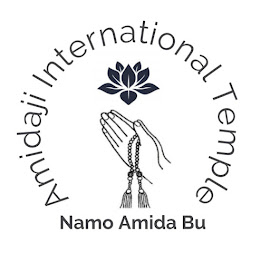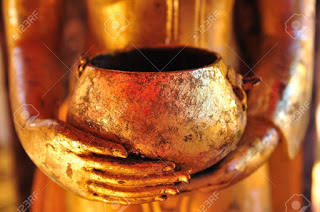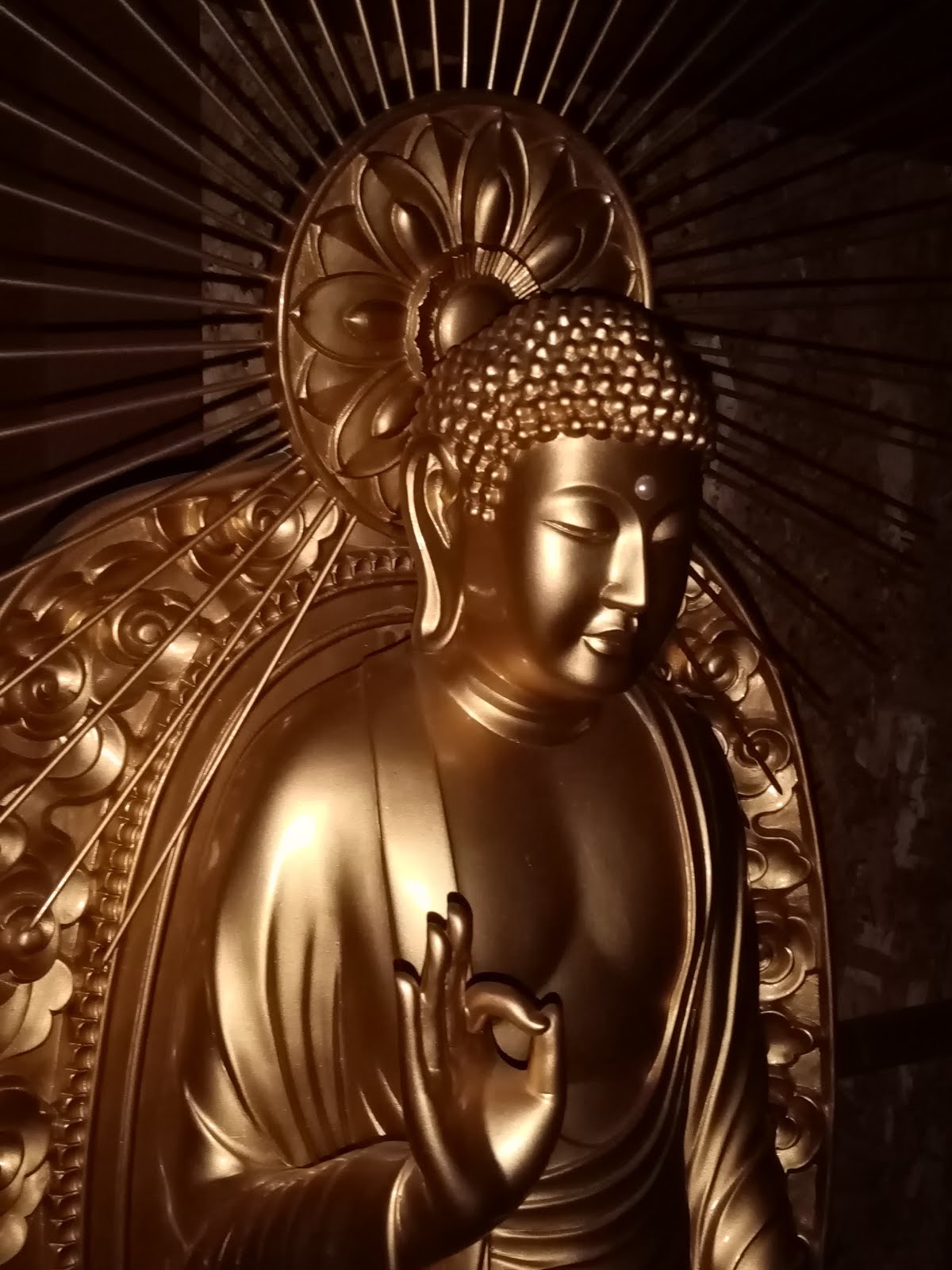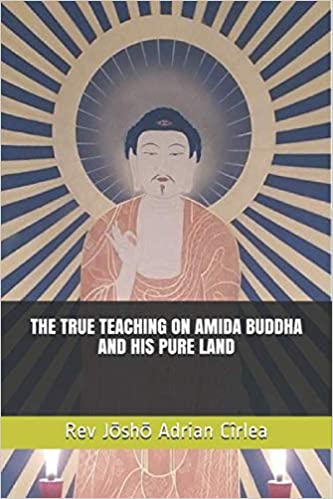I TAKE REFUGE IN THE BUDDHA
Buddham saranam gacchami
(Namo kye Bu)
I TAKE REFUGE IN THE DHARMA
Dhammam saranam gacchami (Namo kye Ho)
I TAKE REFUGE IN THE SANGHA
Sangham saranam gacchami (Namo kye So)
1) The meaning of taking refuge in
the Buddha
This means to take refuge in Amida Buddha who is the
central Buddha in Jodo Shinshu. Only through Him can we attain Buddhahood
in the Pure Land as He is the only Buddha among all Buddhas who
made the Vow of saving everybody, no matter their spiritual capacities.
By
taking refuge in Amida, we automatically honor and take refuge in Shakyamuni
Buddha as the Teacher who showed us the path of Amida Dharma (His main reason for coming into this world) and in all Buddhas in the ten directions, as all encourage us, teach us
and guide us to entrust to Amida Buddha.






























